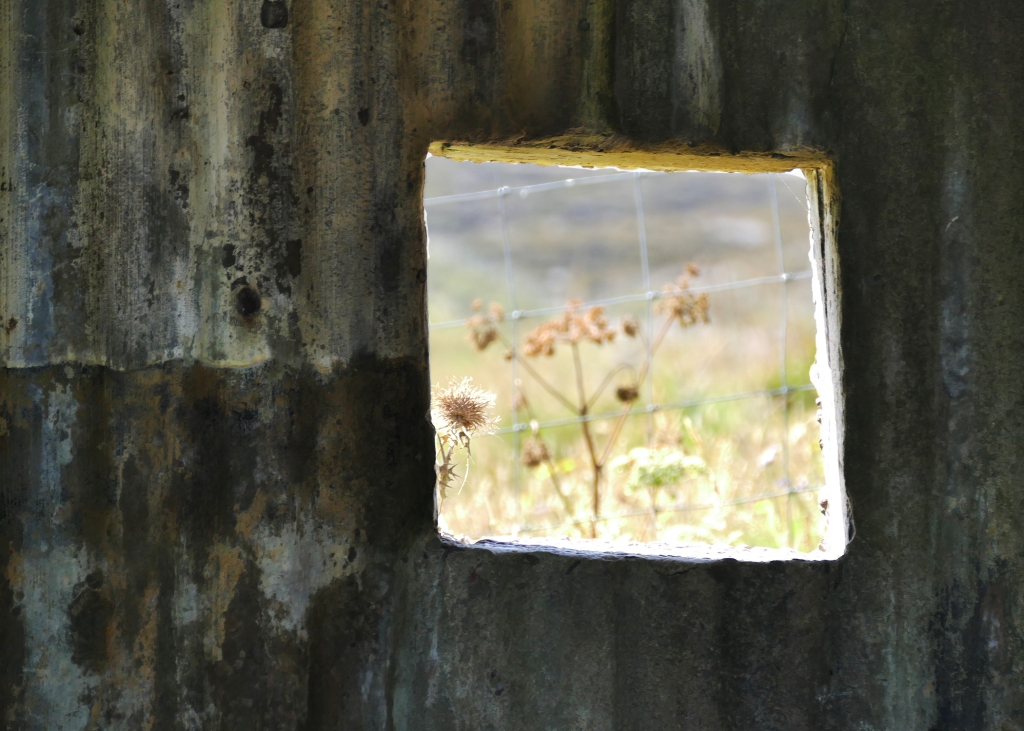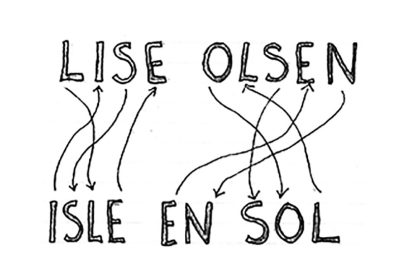In-between my reasoning and the real,
I hear the discrete and unrepeatable experiences of illumination.[1]
A soundscape in space-time with sweet gestures placed on my imagination.
Memories of old ambiance upon new ambulation.
In-between my head and the sonic,
I receive the distance perceived as a separation from over-there.[2]
A fantasy world bound to subjective questionnaires.
Treasuries of old attention upon new intention.
In-between myself and the other,
I bridge an audible world where objectivity and subjectivity meet.[3]
A thing heard, not composed carrying the weight of an archived street.[4]
Subjectivity is an old demanding upon new attending.
In-between my silence and the absent,
I listen to a formless stream, emanating from a boundless space.
A walk will allow the appropriate sounds to appear in place.
Accessories urging old emotions upon new happenings.
In-between my space and the sound,
I see a place as the symbol and the sound as the meaning.[5]
A form of feeling adds something unique to my perception of dreaming.
Histories of old feelings upon new feelings
“Leading us in-between the in-betweens…”[6]
[1] Casey, E.S. 2002, Representing place: Landscape painting and maps. Minneapolis: University of Minnesota Press. P76
[2] Voegelin, S. 2010, Listening to noise and silence: Towards a philosophy of sound art. New York: Continuum International Publishing Group. P5
[3] “Listening to sound is where objectivity and subjectivity meet: in the experience of our own generative perception we produce the objectivity from our own generative perception we produce the objectivity from our subjective and particular position of listening, which in turn is constituted by the objectivity of the object of a prior movement of hearing, subjective and particular.” Voegelin, S. 2010, Listening to noise and silence: Towards a philosophy of sound art. New York: Continuum International Publishing Group. P14
[4] Voegelin, S. 2010, Listening to noise and silence: Towards a philosophy of sound art. New York: Continuum International Publishing Group. P23
[5] “Thus for the poet in his ecstasy- or perhaps, agony- of the composition the trees are the symbols and the words are the meaning. He concentrates on the trees in order to get the words.” A.N Whitehead 1985. Symbolism: Its Meaning and Effect. New York: Fordham University Press. P12.
[6] Asenjo, F. G 1988, In-between : an essay on categories, Center for Advanced Research in Phenomenology & University Press of America, Washington, D.C P139



 copyright © Olsen 2018
copyright © Olsen 2018